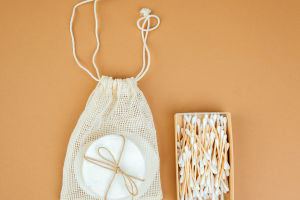In contemporary home design, the fusion of minimalist and vintage styles has become a unique and highly popular trend.
This style not only conveys a sense of understated elegance but also cleverly blends modern simplicity with classical charm.
Particularly in the living room, the minimalist vintage décor style can create a space that is both comfortable and personalized.
Decorative Elements
1. Color Use: The color palette in minimalist vintage style is typically subdued.
Common colors include beige, gray, deep blue, and forest green, which create a calm and refined atmosphere. Against these base colors, adding vintage-toned accessories, such as copper or deep red accents, can enhance the space's depth and classic appeal.
2. Furniture Selection: In choosing furniture, the minimalist vintage style often combines clean-lined modern pieces with some historically inspired vintage furniture. For example, a sleek modern sofa paired with an intricately carved vintage wooden coffee table creates a balance between maintaining a tidy space and adding a touch of classical elegance.
3. Decorative Items: Decorative items in the minimalist vintage style should be classic and have historical significance. Opt for items like antique-style picture frames, and vintage posters. These pieces not only serve as focal points in the living room but also infuse the space with rich historical and cultural layers.
4. Materials and Craftsmanship: The materials in minimalist vintage style emphasize texture and quality, often featuring solid wood, leather, and woolen textiles. The natural grain and warmth of wood furniture complement the fresh design of modern minimalism, while leather and wool add a vintage touch. Craftsmanship can include classic handmade techniques like carving and sewing, which showcase timeless aesthetics and provide a unique tactile experience.
Arrangement Tips
1. Space Planning: When arranging the living room, the minimalist vintage style advocates for an open and airy layout.
Avoid overcrowding the space with too much furniture or décor; instead, maintain ample room for movement. Consider multifunctional furniture, such as a combination of storage cabinets and bookshelves, which meet storage needs without creating clutter.
2. Lighting Design: Lighting plays a crucial role in minimalist vintage style. Soft lighting enhances comfort and highlights the details of vintage décor. Choose chandeliers or wall sconces paired with modern table lamps to retain a vintage ambiance while meeting contemporary aesthetic demands.
3. Artworks: Artworks are an essential element of a minimalist vintage living room. Opt for classical paintings such as landscapes or portraits to add cultural depth to the space. Alternatively, modern abstract art can be paired with vintage décor to create a unique visual contrast.
4. Rugs and Curtains: Choosing the right rugs and curtains can further enhance the living room's overall atmosphere. Vintage-style rugs typically feature traditional patterns and rich colors, adding warmth to the space. Curtains can be chosen in a minimalist design to coordinate with other vintage elements.
In summary, the minimalist vintage style for living room décor achieves a balance by blending modern simplicity with classical elements, creating a space that is both comfortable and rich in cultural atmosphere. This style not only meets contemporary aesthetic preferences but also adds a touch of warmth and elegance to home life.


